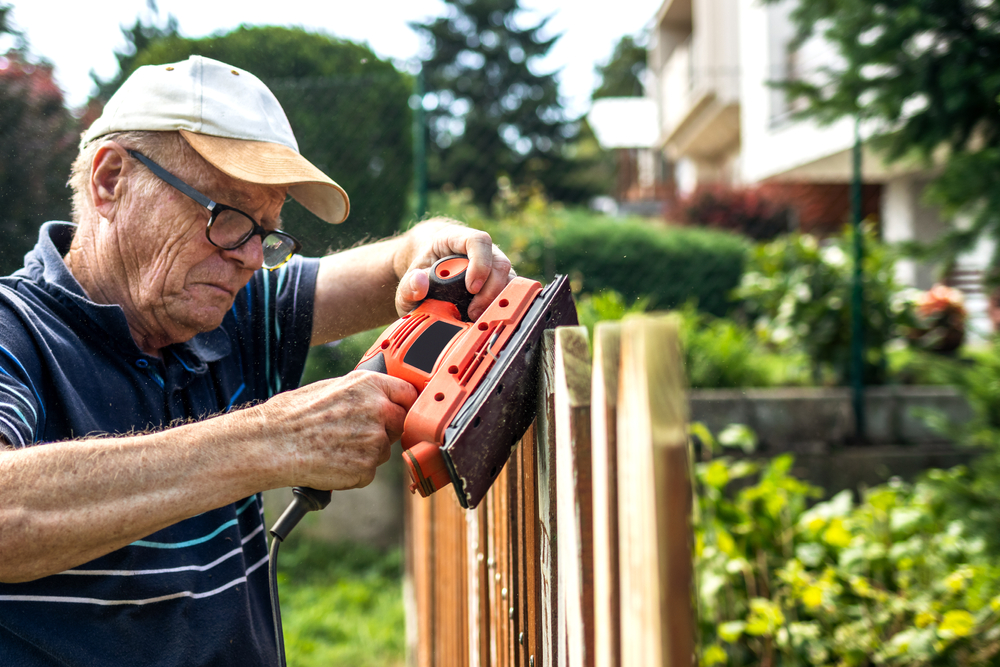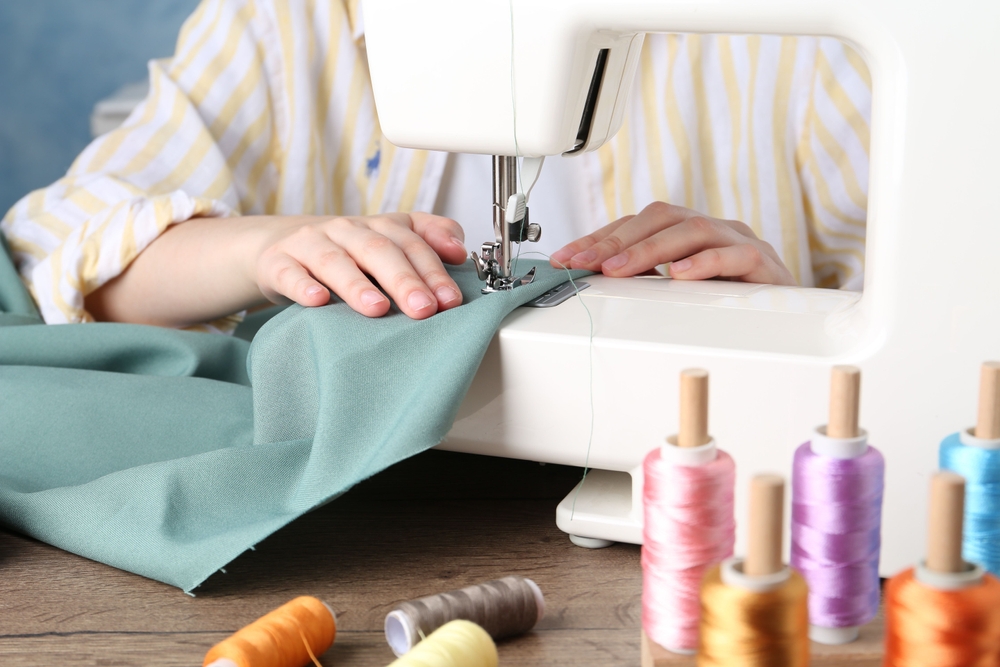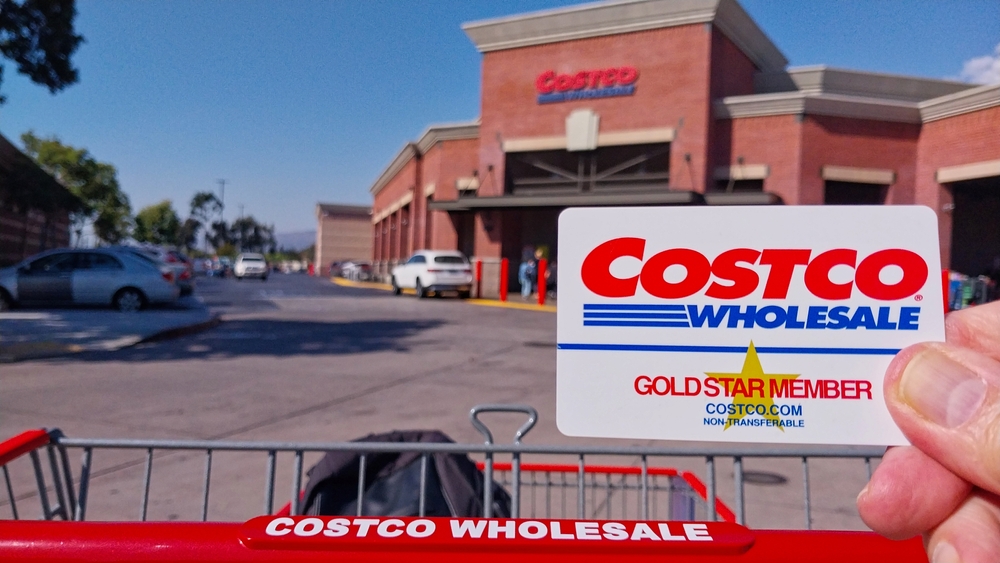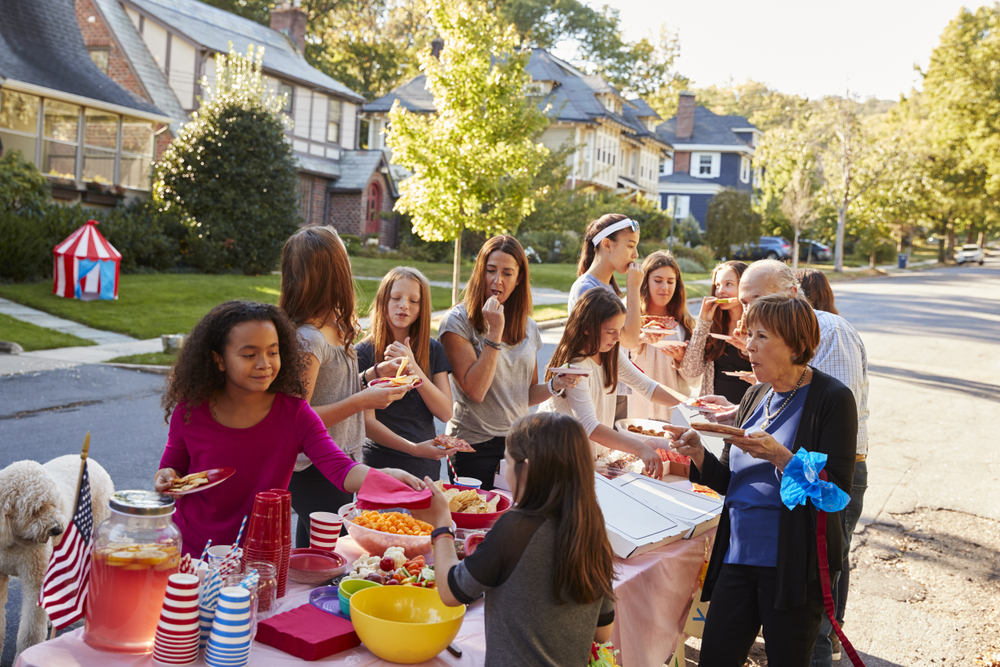Growing up middle class in America often comes with a set of experiences and markers that are universally recognized yet rarely spoken of. These little signs, whether they come from your home, habits, or childhood memories, tell a quiet story of your upbringing. It’s a life that balances comfort and constraint, where parents often emphasize the importance of education, thriftiness, and practicality. You might not even realize how these subtle aspects have shaped you until you pause and take a look back. Here are 13 telling signs you grew up middle class, all without needing to say a word.
1. The Family Sedan

In the world of middle-class transportation, the family sedan holds a place of honor. It’s not just a car; it’s a symbol of sensible practicality over flashy indulgence. For many, this means memories of piling into a trusty Honda Accord or a reliable Toyota Camry for family road trips and school carpools. These cars are known for their durability, reliability, and affordability, aligning with the middle-class values of stretching every dollar. According to a report by Kelley Blue Book, these models are consistently ranked among the best-selling cars in the U.S., reflecting their popularity in many households.
The sedan is more than just a mode of transportation; it’s a mobile extension of home. You might recall the clutter of reusable grocery bags in the trunk or the faint scent of a forgotten fast-food meal. Inside, the family sedan was often crammed with signs of daily life—scattered school papers, a collection of change in the cup holder, and the occasional family pet. These vehicles were the backdrop for countless conversations, arguments, and road-trip games, playing a pivotal role in family dynamics. They represent an economical choice, yet one that prioritized functionality and family needs over luxury.
2. The DIY Home Projects

Growing up middle class often means living in a house where DIY was a way of life. Your weekends might have been filled with home improvement projects that your parents tackled themselves. From painting walls to fixing leaky faucets, these were not just chores but lessons in resourcefulness and self-sufficiency. Your parents likely viewed hiring professionals as a last resort, preferring to save money and take matters into their own hands. This experience not only taught you valuable skills but also instilled a sense of pride in accomplishing tasks without outside help.
These DIY endeavors weren’t just about economizing; they were also about personalization. Whether it was building a backyard deck or crafting custom shelving, these projects added a unique touch to your home. You might remember the distinct smell of sawdust or the hum of a power drill as your family worked together on these tasks. This hands-on approach also fostered a sense of teamwork and collaboration, as everyone was expected to pitch in. Over time, these projects became a testament to your family’s creativity and determination.
3. The “Guest” Towels

Middle-class homes often had a set of pristine “guest” towels that no one in the family was actually allowed to use. These towels were neatly folded and perfectly placed in the bathroom, reserved for visitors who might drop by. They often sat untouched, serving more as a decorative statement than a practical necessity. This practice highlighted a common middle-class trait—maintaining an appearance of hospitality and readiness for company. According to author Jennifer Weiner in an interview with NPR, these small touches in home decor are often less about functionality and more about projecting an image of stability and warmth.
The “guest” towels were part of a broader theme of keeping certain parts of the house in show-ready condition. This mindset extended to the “good” china that was only brought out for special occasions. You might remember the slight tension in the air whenever unexpected guests arrived, as if the house had to instantly transform to meet an invisible standard. The presence of these unused items signified an aspiration towards a certain level of decorum and social grace. It was about striking a balance between everyday practicality and the occasional need to impress.
4. The Coupon Clipping

If you grew up middle class, clipping coupons was likely a regular family activity and an exercise in smart spending. It wasn’t just about saving money; it was almost a ritual that involved careful planning and strategy. You might remember your parents meticulously organizing coupons by category and expiration date. This task often happened around the kitchen table, where the Sunday paper was dissected and deals were debated. Such habits reflect a deep-rooted middle-class ethos of getting the best value for money without compromising on quality.
Coupon clipping instilled a sense of financial responsibility from a young age. You learned the importance of budgeting and living within your means, lessons that have likely followed you into adulthood. This practice was more than just a way to save a few bucks; it was a mindset. It taught you to be resourceful and to take pride in finding a great deal. Even today, you might find yourself instinctively scanning for discounts and promotions, a testament to the lasting impact of those early lessons.
5. The Side Hustles

For many middle-class families, having a side hustle was not just an option but a necessity to make ends meet or achieve financial goals. Your parents might have juggled a main job with a second one, or perhaps they ran a small business on the side. This hustle mentality taught you the value of hard work and the importance of diversifying income streams. According to a Pew Research Center study, nearly 30% of American workers have performed some form of gig work, highlighting the prevalence of side hustles in today’s economy. Growing up in an environment where extra effort was the norm instilled a strong work ethic in you early on.
The side hustle often came with its own set of challenges and rewards. You might remember evenings and weekends dedicated to these extra endeavors, sometimes at the expense of leisure time. These experiences showed you the sacrifices necessary to secure financial stability or to afford luxuries like family vacations. The entrepreneurial spirit behind these side gigs also encouraged creativity and innovation within your household. Over time, you learned that financial security often lies in adaptability and a willingness to seize opportunities.
6. The Hand-Me-Downs

In a middle-class upbringing, hand-me-downs were a natural part of life and a lesson in the value of reuse. You likely wore clothes that first belonged to older siblings or cousins, creating a shared history among family members. This practice wasn’t just about saving money; it also represented a tradition of resourcefulness and practical living. Each piece of clothing carried stories and memories, adding a sense of continuity to your family’s narrative. Hand-me-downs taught you to appreciate what you had and to find joy in simple, everyday things.
This tradition of passing items down extended beyond clothing to toys, books, and even furniture. It fostered a sense of belonging and connection within your family, as everyone shared in the collective experience. You learned to take care of your belongings, knowing they would be passed on to someone else. It also encouraged a mindset of sustainability long before it became a mainstream focus. The practice of reusing and recycling within the family setting laid the groundwork for a lifelong appreciation of conservation and mindful consumption.
7. The Public School Pride

The majority of middle-class children attended public schools, where they learned more than just academics—they learned about community and diversity. Public schools were a melting pot of backgrounds and experiences, offering a broad perspective on the world. You might have fond memories of school spirit days, pep rallies, and the camaraderie that came with being part of a diverse student body. According to the National Center for Education Statistics, public schools educate approximately 90% of American students, underscoring their role in shaping the next generation. Your public school experience likely instilled a sense of pride and resilience, preparing you for the complexities of adult life.
Public schools also exposed you to a wide range of extracurricular activities, often at little to no cost. Whether it was joining the school band, theater club, or sports team, these opportunities expanded your horizons and allowed you to discover new talents. The sense of community within public schools extended to parents as well, who often volunteered or attended school events. This involvement fostered a supportive environment, where everyone worked together to enrich the educational experience. The bonds formed during these years were invaluable, leaving a lasting impact on your personal and social development.
8. The Car Vacations

For middle-class families, vacations often meant road trips rather than extravagant international travel. Piling into the family car and heading to a nearby destination was a staple of summer breaks. These trips were budget-friendly and allowed for spontaneity and adventure. You might remember the excitement of packing the car with snacks, games, and a carefully curated playlist. These vacations taught you that it’s not about where you go, but the memories you make along the way.
Road trips offered a sense of freedom and discovery, turning highways into pathways of exploration. The journey itself was often as memorable as the destination, filled with pit stops at quirky roadside attractions and local diners. These experiences fostered a sense of curiosity and a love for adventure without the need for lavish spending. You learned to appreciate simple pleasures, like watching the landscape change from the backseat window. The tradition of road-tripping instilled in you a lifelong appreciation for travel and exploration on a budget.
9. The Costco Membership

Holding a Costco membership card was a rite of passage for many middle-class families, symbolizing bulk savings and family planning. Shopping at wholesale stores meant stocking up on essentials at a fraction of the cost, aligning perfectly with the middle-class ethos of getting the most bang for your buck. You might recall the excitement of finding your favorite snacks in large quantities or the satisfaction of a well-stocked pantry. This shopping approach was not just economical but practical, ensuring that your family was always prepared.
The trip to Costco was often a family affair, turning a mundane chore into a shared experience. You might remember wandering through the aisles, marveling at the sheer scale of everything from cereal boxes to detergent bottles. Sampling free food was a highlight, adding a bit of fun to the shopping experience. These trips taught you the value of planning and purchasing with foresight, skills that have likely stayed with you. The Costco membership was more than just a card; it was a gateway to frugality and forward-thinking.
10. The Modest Birthday Parties

Middle-class birthday celebrations were often modest affairs, focused more on fun and togetherness than extravagance. These parties were typically held at home or at a local park, featuring homemade cakes and games instead of lavish entertainment. You might recall the excitement of planning the guest list and picking out decorations with your family. Such celebrations emphasized the importance of cherishing moments with loved ones over material excess. They taught you to find joy in simple pleasures and to value the presence and participation of friends and family.
These low-key birthday parties often involved creative activities and games that encouraged everyone to participate. Pin the tail on the donkey, treasure hunts, and musical chairs were staples of these gatherings. The focus was on creating memories and fostering a sense of community among attendees. These experiences taught you that celebrations are about the people you share them with, not the price tag attached. As you grew older, you likely carried these values with you, prioritizing meaningful connections over extravagant displays.
11. The Christmas Card Family Photo

Sending holiday cards with a family photo was a cherished tradition for many middle-class families. These cards were a way to stay connected with relatives and friends, sharing a snapshot of your family’s life each year. The photo session often involved coordinating outfits and selecting a backdrop, capturing a moment of togetherness. This tradition highlighted the importance of maintaining relationships and celebrating family milestones. It was a simple yet thoughtful gesture, reflecting a commitment to preserving bonds and sharing joy.
The ritual of sending holiday cards went beyond the photo itself; it was a comprehensive family project. You might remember the assembly line of signing, addressing, and stamping envelopes around the dining room table. This practice taught you the value of communication and the importance of keeping in touch with loved ones. These small acts of thoughtfulness reinforced the idea that family and friendships are worth nurturing. Even in a digital age, the tradition of sending physical holiday cards holds a special place, embodying a sense of warmth and nostalgia.
12. The Home-Cooked Meals

Growing up middle class often meant that family dinners were home-cooked affairs, a cornerstone of daily life. These meals were not just about nourishment; they were about connection and conversation. Your parents likely prioritized sitting down together at the end of the day, despite busy schedules. This tradition emphasized the importance of family time and fostered open communication. It instilled a sense of belonging and stability, providing a reliable moment of togetherness.
Home-cooked meals were often prepared with attention to budget and nutrition, reflecting the middle-class focus on practicality and health. You might remember the comforting aroma of a favorite dish wafting through the house or the sense of anticipation as you gathered around the table. These meals taught you the significance of routine and the joy of sharing food with loved ones. Preparing and enjoying these meals together created lasting memories and strengthened familial bonds. The experience left you with an appreciation for the effort and love that goes into cooking for others.
13. The Neighborhood Block Parties

Community spirit thrived in middle-class neighborhoods, often manifesting in block parties that brought everyone together. These gatherings were simple yet significant events that fostered a sense of camaraderie and belonging. You might remember the sound of laughter, the aroma of barbecues, and the sight of kids playing in the street. Block parties were a chance to connect with neighbors, celebrate shared spaces, and enjoy collective festivities. They reinforced the idea that community is built through shared experiences and mutual support.
These events often included potluck-style meals, games, and activities, encouraging everyone to contribute and participate. You might recall the excitement of helping your family create a dish to share or the anticipation of trying your neighbor’s specialties. Block parties were an equalizer, where everyone came together to enjoy food, music, and friendship without pretense. They taught you the value of community engagement and the joy of being part of something larger than yourself. The sense of unity and friendship fostered at these gatherings left a lasting impression, shaping your understanding of community and togetherness.
This article is for informational purposes only and should not be construed as financial advice. Consult a financial professional before making investment or other financial decisions. The author and publisher make no warranties of any kind.








